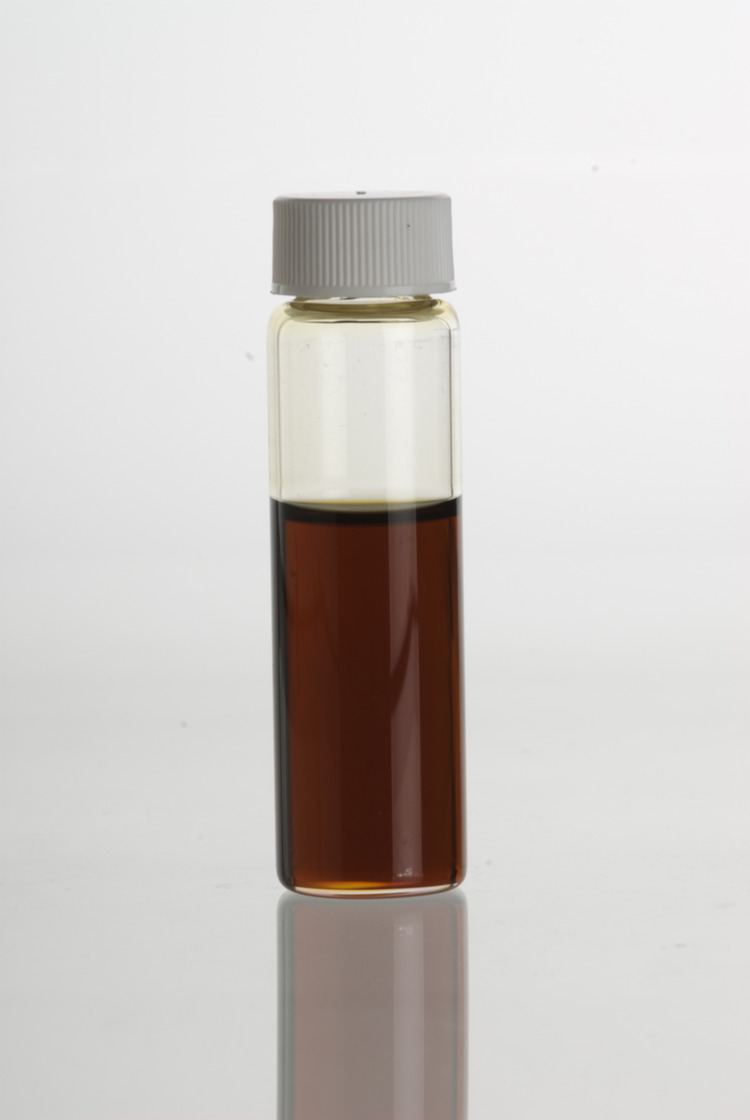 | ||
Spikenard, also called nard, nardin, and muskroot, is a class of aromatic amber-colored essential oil derived from Nardostachys jatamansi, a flowering plant of the Valerian family which grows in the Himalayas of Nepal, China, and India. The oil has, since ancient times, been used as a perfume, as a medicine and in religious contexts, across a wide territory from India to Europe.
The Bible contains several references to the spikenard, in both the Old Testament and the New Testament, and it is used in Catholic iconography to represent Saint Joseph. With this meaning, Pope Francis has included the spikenard in his coat of arms.
Historical use
The oil was known in ancient times and was part of the Ayurvedic herbal tradition of India. It was obtained as a luxury in ancient Egypt, the Near East. In Rome, it was the main ingredient of the perfume nardinum (O.L. náladam), derived from the Hebrew שבלת נֵרד (shebolet nerd, head of nard bunch), which was part of the Ketoret used when referring to the consecrated incense described in the Hebrew Bible and Talmud. It is also referred to as the HaKetoret (the incense).
It was offered on the specialized incense altar in the time when the Tabernacle was located in the First and Second Jerusalem Temples. The ketoret was an important component of the Temple service in Jerusalem. Nard is mentioned a number of times in the Tanakh, and as part of incense in reference to hilchot shabbat in Tractate Shabbat 78b as well as Maimonides Hilchot Shabbat 18:16. It is mentioned twice in the Song of Solomon (1:12 and 4:13).
Nard was used to perfume the body of Patroklos by Achilles in Book 18 of Homer's Iliad. Pliny's Natural History lists twelve species of "nard", identifiable with varying assurance, including Lavandula stoechas and tuberous valerian as well as true nard (in modern terms Nardostachys jatamansi).
It was a common flavouring in Ancient Roman foods and occurs frequently in the recipes of Apicius, though it tends to be used sparingly.
Spikenard was used to season foods in Medieval European cuisine, especially as a part of the spice blend used to flavor Hypocras, a sweetened and spiced wine drink. From the 17th century it was one of the ingredients for a strong beer called Stingo.
The ancient Greeks called the lavender herb nardus, after the Syrian city of Naarda (possibly the modern town of Dohuk, Iraq). It was also commonly called nard. The species originally grown was L. stoechas.
